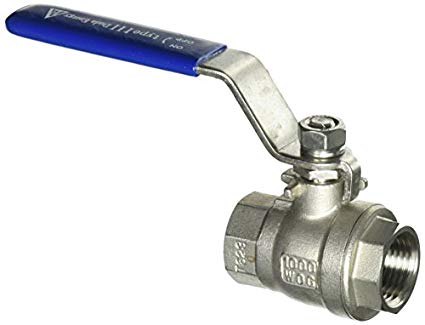
noun
- any device for halting or controlling the flow of a liquid, gas, or other material through a passage, pipe, inlet, outlet, etc.
- a hinged lid or other movable part that closes or modifies the passage in such a device.
- Anatomy. a membranous fold or other structure that controls the flow of a fluid, as one that permits blood to flow in one direction only.
- (in musical wind instruments of the trumpet class) a device for changing the length of the air column to alter the pitch of a tone.
- Zoology.
- one of the two or more separable pieces composing certain shells.
- either half of the silicified shell of a diatom.
- Botany.
- one of the segments into which a capsule dehisces.
- a flap or lidlike part of certain anthers.
- Electronics (chiefly British ). vacuum tube(def 1).
- Archaic. one of the leaves of a double or folding door.
verb (used with object), valved, valv·ing.
- to provide with a means of controlling the flow of liquid, gas, etc., by inserting a valve.
noun
- any device that shuts off, starts, regulates, or controls the flow of a fluid
- anatomy a flaplike structure in a hollow organ, such as the heart, that controls the one-way passage of fluid through that organ
- Also called: tube, vacuum tube an evacuated electron tube containing a cathode, anode, and, usually, one or more additional control electrodes. When a positive potential is applied to the anode, electrons emitted from the cathode are attracted to the anode, constituting a flow of current which can be controlled by a voltage applied to the grid to produce amplification, oscillation, etcSee also diode (def. 2), triode (def. 1), tetrode, pentode
- zoology any of the separable pieces that make up the shell of a mollusc
- music a device on some brass instruments by which the effective length of the tube may be varied to enable a chromatic scale to be produced
- botany
- any of the several parts that make up a dry dehiscent fruit, esp a capsule
- either of the two halves of a diatom cell wall
- archaic a leaf of a double door or of a folding door
late 14c., “one of the halves of a folding door,” from Latin valva “section of a folding or revolving door,” literally “that which turns,” related to volvere “to roll” (see volvox). Sense extended 1610s to “membranous fold regulating flow of bodily fluids;” 1650s to “mechanical device that works like a valve;” and 1660s in zoology to “halves of a hinged shell.”
n.
- A membranous structure in a hollow organ or passage, as in an artery or vein, that folds or closes to prevent the return flow of the body fluid passing through it.
- Any of various devices that regulate the flow of gases, liquids, or loose materials through piping or through apertures by opening, closing, or obstructing ports or passageways.
- The movable control element of such a device.
-
- Any of various mechanical devices that control the flow of liquids, gases, or loose material through pipes or channels by blocking and uncovering openings.
- The movable part or element of such a device.
- Any of various structures that prevent the backward flow of a body fluid, such as blood or lymph. Valves in the heart, veins, and lymphatic vessels contain flaps (known as cusps) that close in response to pressure created by the backflow of fluid.
- One of the paired hinged shells of certain mollusks, such as clams and oysters.
- See electron tube.
 Liberal Dictionary English Dictionary
Liberal Dictionary English Dictionary